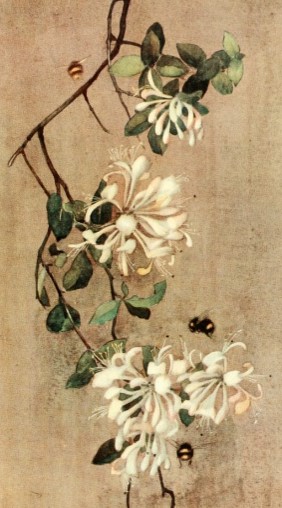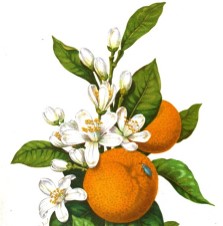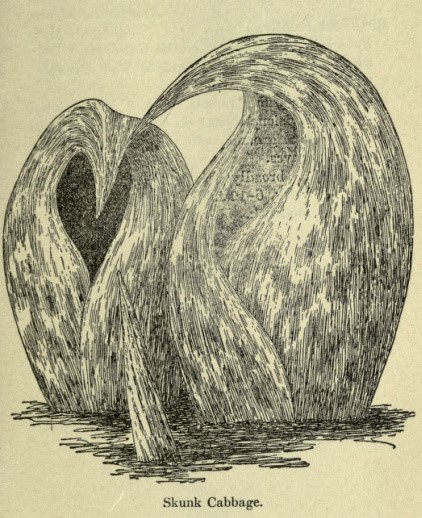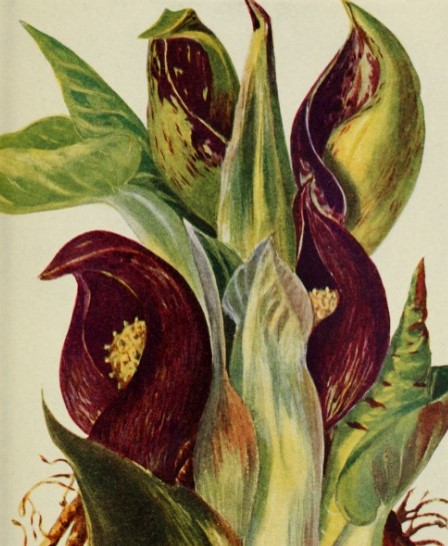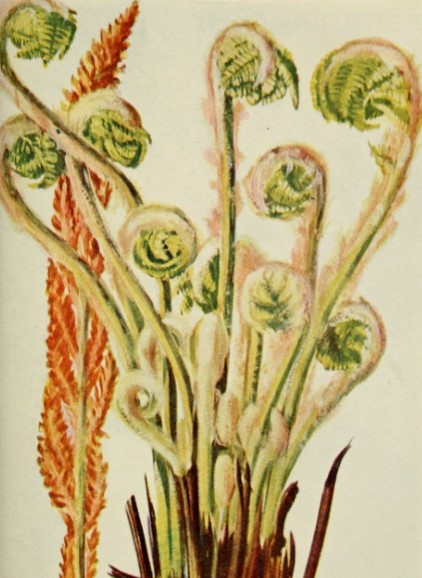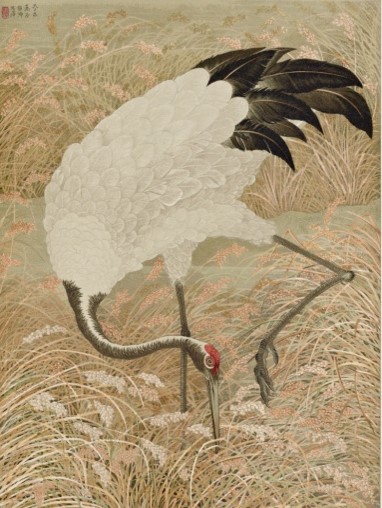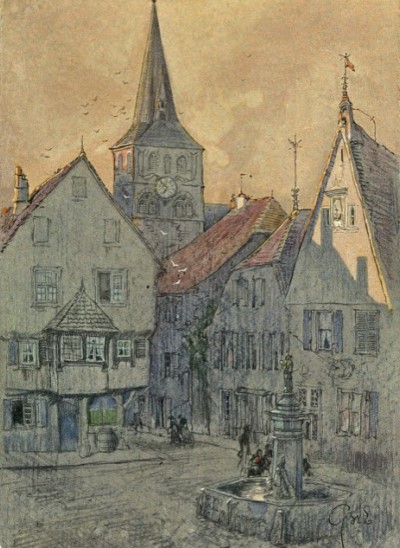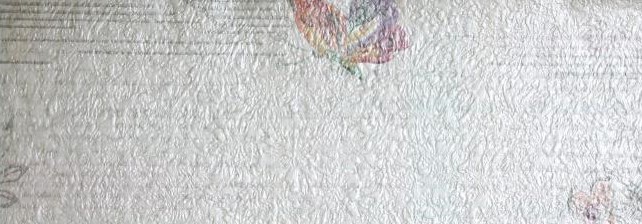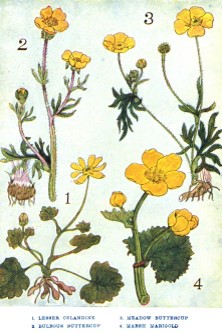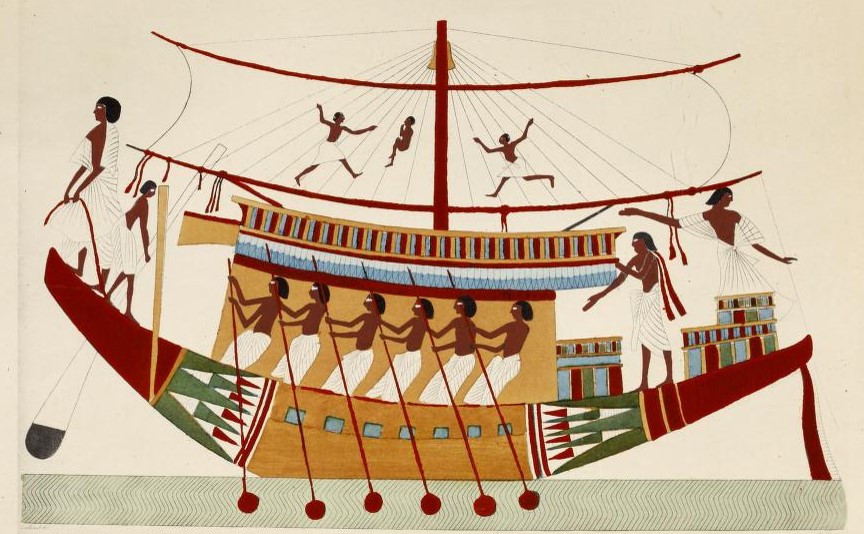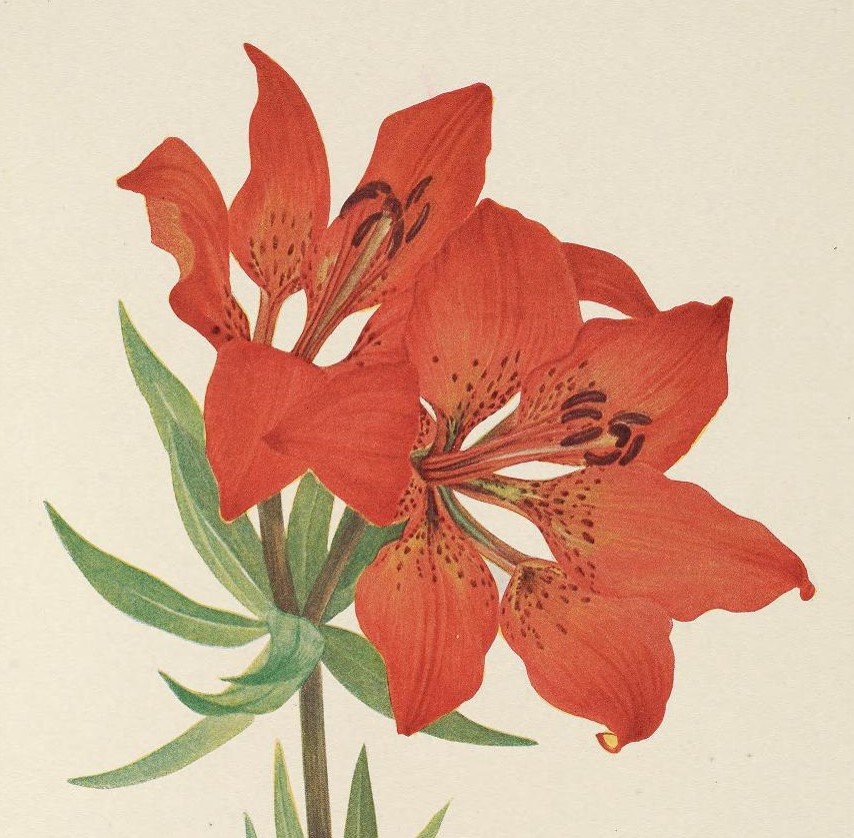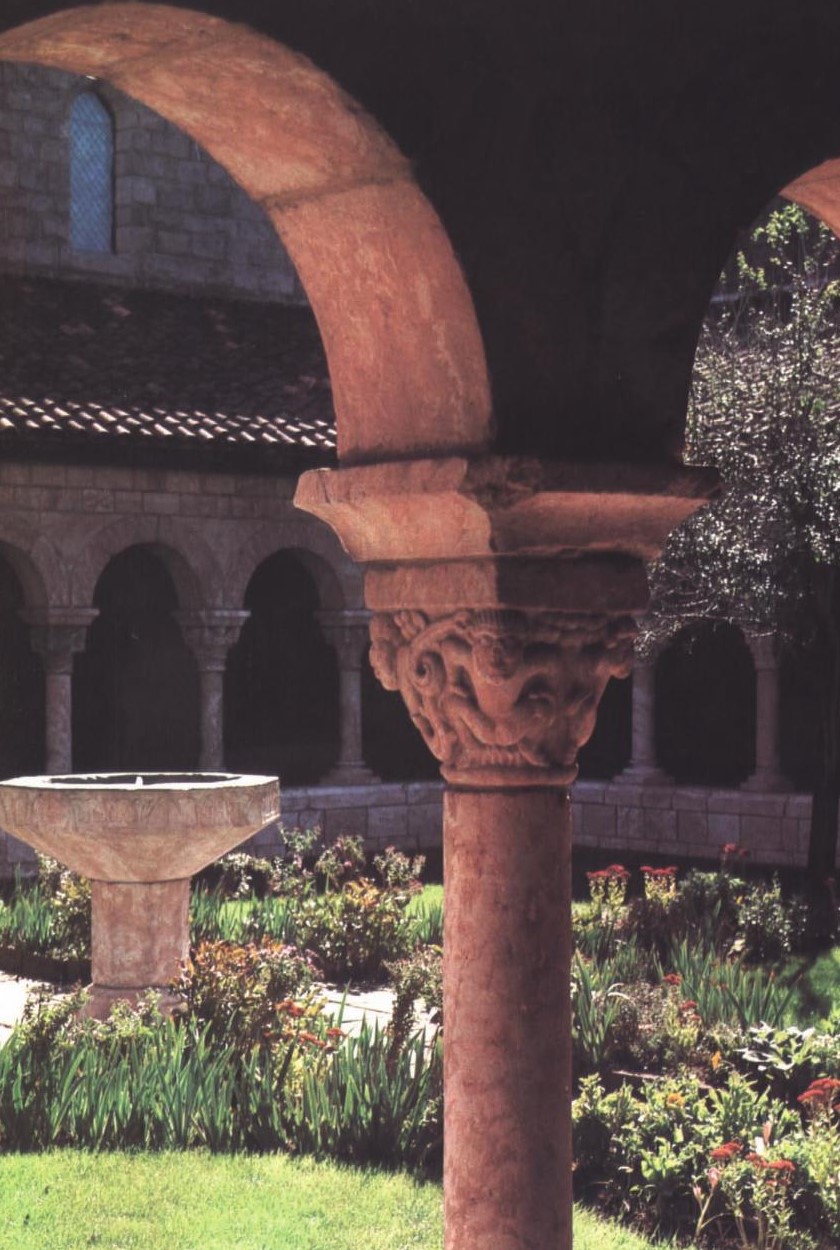Gleanings of the Week Ending December 10, 2016
/The items below were ‘the cream’ of the articles and websites I found this past week. Click on the light green text to look at the article.
10 Delectable Desserts Made with Vegetables – Yum! Ideas for the holiday cooking.
The Painful Truth About America’s Opioid Addiction – OxyContin (prescribed for many kinds of pain and initially thought to not be addictive) and inexpensive Heroin…a sad story. Awareness of the issue is increasing but, so far, we don’t seem to be making progress toward reducing the problem.
Wanderlust-Inducing Images Capture Majestic Views of Iceland – Eye candy….a beautiful place. Photographer Lukas Furlan.
Animal Microbiomes are Unique and Beneficial – Each host animal may have it’s own microbiome --- important to efficiency of food digestions and survival!
Why are caves the best place to train astronauts – About a training program initiative of the European Space Agency.
Deer Advisor: Help for Communities Grappling with Abundant Deer Populations – Our area of Maryland has an overabundance of deer. They are hungry enough to eat even vegetation that are not their favorite foods – like tough evergreens.
The search for the weird stuff that makes up the Universe – A short video featuring Astrophysicist Katherine Freese…about Dark Matter.
Flowers you can eat – Beautiful and flavorful….I’m not sure that I would prefer just looking at them.
Sea Ice Hit Record Lows in November – Record lows for ice in November – both Arctic and Antarctic.
HabiChat Fall/Winter 2016 – An online newsletter from the Maryland Department of Natural Resources for stewards of Maryland’s backyard wildlife. There probably are lots of states that have similar information as part of their outreach efforts.


